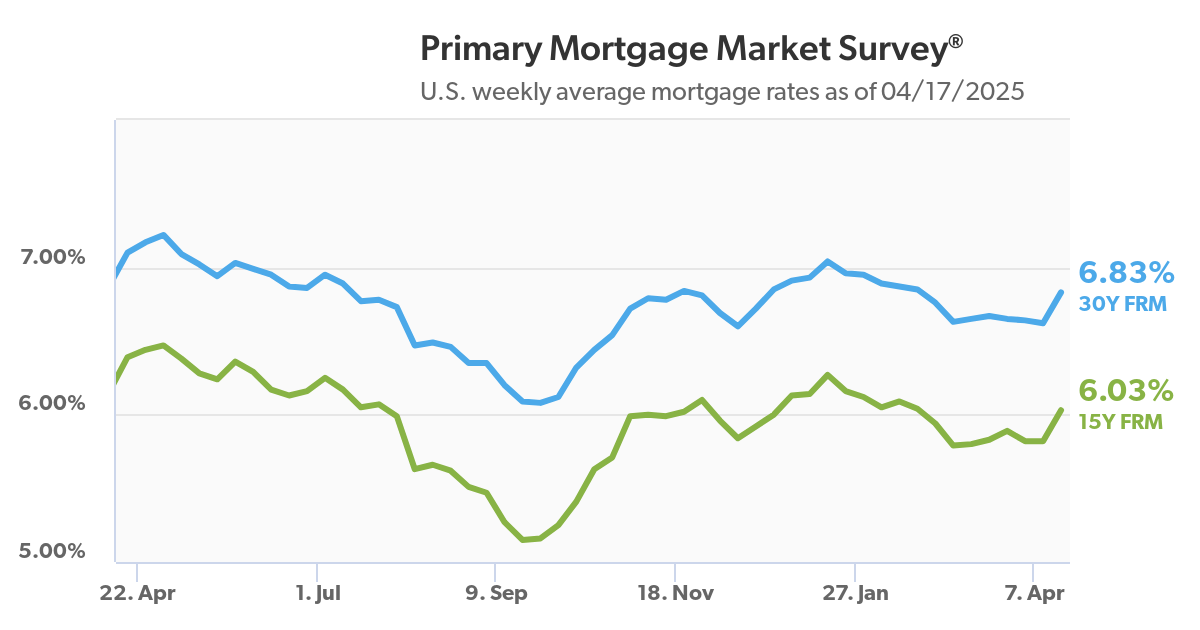How to Create Your Brand Kit
Have you ever noticed how some brands are instantly recognizable from a distance? Golden arches mean McDonald's while green mermaids say Starbucks. If you're new to the business or setting up your own office, creating your own brand kit will help you build recognition (even if your office doesn't have a drive-through).
A typical brand kit includes a logo, a color palette, and a selection of typefaces (aka fonts). It works as a guide when preparing anything from social media to an Open House sign. Popular apps like Canva make it easy to create and use your own brand elements.
Your logo is important as it will help you establish your brand. You can hire a designer to create yours or use an app to create it yourself like Design.Com's Logo Maker. Create two or three finalists to show to others so you can get their opinions.
Your brand kit's typeface helps set a mood. Since real estate is personal, you can consider using a script for headlines and your name. Don't choose too many typefaces; two or three work best.
Your brand colors can be a palette of two or three colors. Visiting a paint store can get you started, or you can hire a designer. Be sure to list your colors with their standard codes, such as Pantone, Hex, HTML, or CMYK. Click here to learn more about these codes.1
Know Your Home Styles

Many older homes were built in styles popular within their areas. These can make them particularly valuable, especially if their owners have preserved their original features.
Check out these styles and be sure you're familiar with those within your territory.
Ranch-style homes were created for affordable family living. With only one story and low-slung roofs, ranch homes provide an informal lifestyle for all ages, whether they're starter homes or sprawling luxury properties.
Bungalows are single-story homes built from the early 1900s to the 1940s. First popular in California and Oregon, bungalows feature low-pitched roofs, overhanging eaves and covered porches.
Midcentury Modern homes were built during the 1940s-60s and are currently quite popular. Architects of these properties were influenced by European modernists, creating homes with clean lines, flat roofs, and large picture windows.
Cape Cod homes originated in 17th-century New England, and were built to handle tough coastal winters. Their boxy shape, steep roofs, and central chimneys made them easy to heat.
Colonial homes are most commonly found in northern states, with some dating back to the 18th century. They typically feature a centered front door, two evenly spaced windows on either side, a central chimney, and a gable roof.
Contemporary homes reflect the design trends of their time. They became popular in the 1990s, and often feature open floor plans, expansive glass windows, and a blend of natural and industrial materials.2
Stats To Share with Reluctant Buyers

While levels of inventory continue to rise, more buyers are considering making a move. However, economic and political factors are fueling considerable reluctance.
Here's some good news for these buyers: real estate has been America's choice for the best long-term investment for 12 years. This is even during years when the nation's financial outlook was volatile.
This Gallup poll found that home ownership is considered a better investment than stocks, bonds, gold, and crypto investments.
A senior economist stated:
"A home is more than just a place to live—it's often a family's most valuable financial asset and a cornerstone to building long-term wealth."
While these facts may not convert younger buyers, those who are making long-term plans for their families may be assured that a home purchase is the right move in 2025.3
NAR NXT 2025 Happening in Houston

One of the biggest business events of the year, NAR NXT, is scheduled for November 14th - 16th. This year's event will take place in Houston, Texas, at the George R. Brown Convention Center. The NXT event's theme: Mission Possible.
Your mission, should you choose to accept it, is to join thousands of other attendees to unlock new strategies, connections, and insights. You'll also have your pick of over 100 speakers. Register before July 31st and you may qualify for discounts and value rates.4
Sellers Sitting on Almost $7 Billion

More than $330 billion worth of listings have been sitting on the market for 60 days or longer. Rising inventory and slow homebuying demand will probably continue to push up the total dollar amount of home listings.There's a total of $698 billion worth of homes for sale in the U.S., up 20.3% from a year ago and the highest dollar amount ever.
However, many economists are predicting that home sale prices will slide slightly later this year, which may encourage more sales for your clients and commissions for you.5
Sources: 1localiq.com, 2theclose.com, 3keepingcurrentmatters.com, 4narnxt.realtor, 5redfin.com



Recent Comments